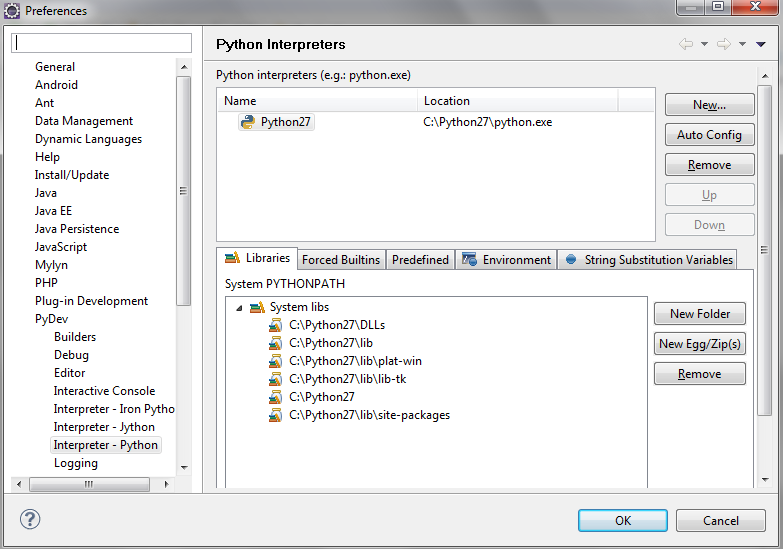

- #Google app engine sdk 1.9.27 install#
- #Google app engine sdk 1.9.27 update#
- #Google app engine sdk 1.9.27 code#
- #Google app engine sdk 1.9.27 download#
If I find a good suggestion or come up with one, I'll update here. Gcloud is the way forward here, though I'm not sure of a good way to automate gcloud updates.
#Google app engine sdk 1.9.27 download#
It will become unavailable for download on July 30, 2020.
#Google app engine sdk 1.9.27 install#
It looks like gcloud components install and gcloud components update can be used to install the SDK, though it may be more difficult to script it.Īs of July 30, 2019, the standalone App Engine SDK is deprecated. It is possible that there will be future versions (1.9.91, etc.) provided at a similar URL, but that remains to be seen.

The latest available version is 1.9.90 at now returns a response like this with the latest release version set to 0.0.0: $ curl -LSfs
#Google app engine sdk 1.9.27 code#
If you enable using third-party libraries when creating the project, the corresponding code templates, for example, Django or Flask, will be added.The accepted answer has recently broken. See more details and examples in the app.yaml reference. Once the project is created, you should see the following files in the Project tool window:Īpp.yml: a file to configure your App Engine app's settings. If the SDK directory is added to the path variable during installation, it is detected automatically. If this SDK is missing from the path variable, type it manually or click and locate the required directory from the file system. The project identifier should meet certain requirements: only lower-case letters, digits, and "-" characters are allowed the application id should not begin with "-".Īpp Engine SDK directory - the location of the App Engine SDK on your machine. In the Application ID field, enter the identifier that you have already defined on the Create application page of the Google App Engine. When P圜harm stops supporting any of the outdated Python versions, the corresponding Python interpreter is marked as unsupported.Ĭlick ( More Settings), and specify the following: See Configure a Python interpreter for details. Previously configured interpreter: if this option has been selected, choose the desired interpreter from the list, or (if the desired interpreter is not found), click Add Interpreter and choose the interpreter. Install Python using the Command-Line Developer Tools (macOS only). Specify a path to the Python executable (in case of non-standard installation)ĭownload and install the latest Python versions from If P圜harm detects no Python on your machine, it provides the following options: When configuring the base interpreter, you need to specify the path to the Python executable. Select the Make available to all projects checkbox if you want to reuse this environment when creating Python interpreters in P圜harm. This checkbox corresponds to the -system-site-packages option of the virtualenv tool.

Select the Inherit global site-packages checkbox if you want that all packages installed in the global Python on your machine to be added to the virtual environment you're going to create. Next, specify the Location and Base interpreter of the new virtual environment.

To do that, click the list and choose Virtualenv, Pipenv, Poetry, or Conda. New environment using: if this option has been selected, choose the tool to be used to create a virtual environment. If the App Engine SDK has to be downloaded and installed separately, how can it be referenced for use in the Eclipse project instead of the one in the Maven repository Google Cloud SDK, the gcloud app Java extensions, and App Engine SDK, these are all very confusing to me. The following steps depend on your choice: It seems the App Engine SDK comes from my local Maven repository. Next, click to expand the Python Interpreter node, and select the new environment or previously configured interpreter, by clicking the corresponding radio-button. In the New Project dialog, do the following: Note that P圜harm always uses the Python 2.7 runtime when creating a new project.įrom the main menu, choose File | New Project., or click the New Project button in the Welcome screen. To create a Google App Engine project, follow these steps P圜harm takes care of creating the specific directory structure and settings. A Google App Engine project is intended for productive development of web applications in the Google infrastructure.


 0 kommentar(er)
0 kommentar(er)
